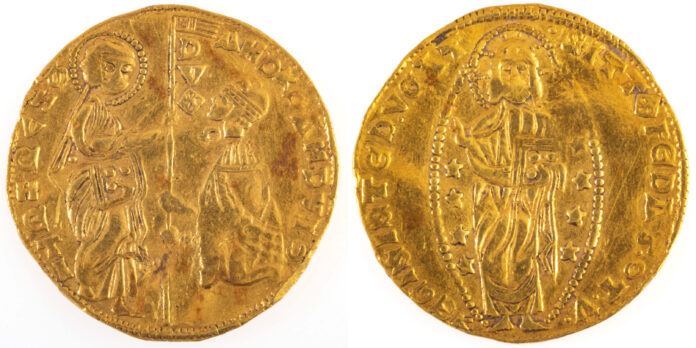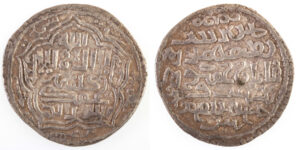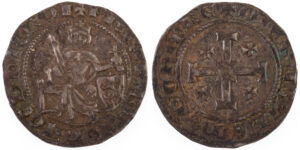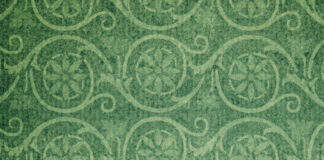
The University of Richmond Museums have opened the online exhibition “A Pound of Whatever Silver He Pleases”: History and Economy in the Late Medieval Eastern Mediterranean from the Lora Robins Gallery Coin Collection, currently on view through December 31, 2021 on the University of Richmond Museums’ webpage (museums.richmond.edu). The exhibition features fifty-three coins from the eastern Mediterranean during the thirteenth and fourteenth centuries, including coinage from a wide variety of cultures and locations.
The medieval eastern Mediterranean world was a region fraught with strife that acted as the core of the political and economic networks that helped link China to Western Europe. Unsurprisingly, this turmoil and deep connection seeps into the historical record in a multitude of ways. This exhibition identifies one such touchstone in the form of coinage and seeks to demonstrate how coins can illuminate the interconnectedness of the Middle Ages from new perspectives.

Coinage in the medieval world was not simply currency. Coins also expressed power and worked as a source of profit for people at various levels of society. Their role in trade, government, art, and propaganda make coins an incredibly useful tool in understanding the connections and conflicts of the Middle Ages. This was no less true in medieval eastern Mediterranean, where coins representing different cultures, religions, and political entities integrated themselves into the economy. The strife extant in the period manifests in the changes in currency over time and their unique stylization based on cultural groupings.

An object of note in the exhibition is a silver Gros of Henry II, King of Cyprus from 1268 until 1324. The coin depicts the Cypriot king sitting on a throne with a scepter in his right hand and a globus, or a small sphere with a cross on it, in his left. Around the edges of the coin is an abbreviated Latin phrase translating to “Henry, King of.” On the reverse is the cross of Jerusalem inside of a beaded ring with a Latin phrase meaning “Jerusalem and Cyprus” along the coin’s edge. The symbols and writing on the coin reveal Henry’s insistence on recalling his claim to the Kingdom of Jerusalem.
This exhibition does not focus on the outputs of one particular culture but seeks to include the coinage of a number of different societies. While the coins on view certainly do not tell the whole story, inclusion of coins from places as disparate as Italy and Iran, Russia and Egypt, help convey that the Medieval economy, despite its fair share of upheaval, was connected in profound ways. This exhibition assists in telling an often untold tale of the medieval world through the lens of monetary history.
Organized by the University of Richmond Museums, the exhibition was curated by Mike Laposata, ‘20, history and Arabic studies double major and 2019-2020 Collections Assistant, University Museums, with assistance from David Hershey, Assistant Collections Manager, University Museums.
Make you virtual visit to the exhibition here.
Here is a video of the Curator introducing his exhibition.
You can visit the website of the Richmond University Museums here.



